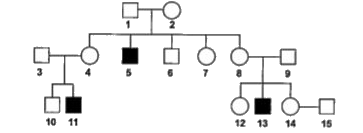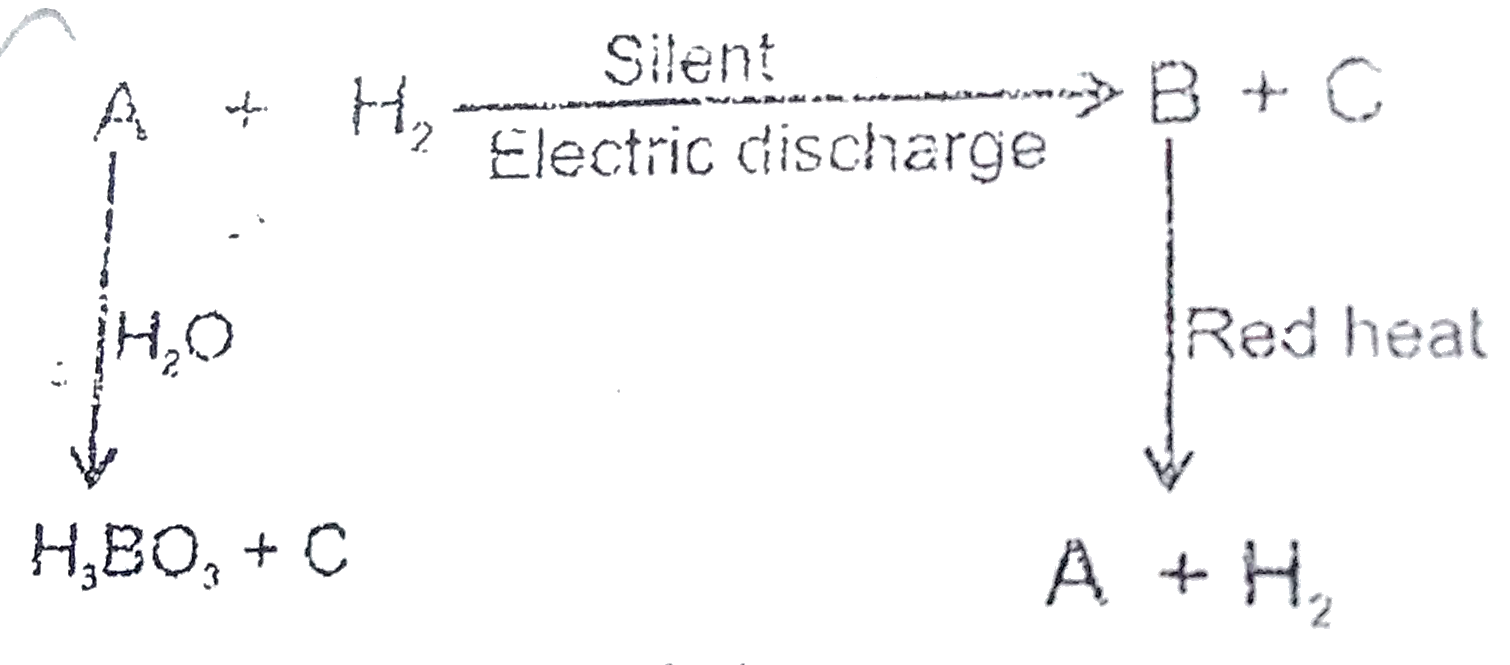Identify the correct statement.
Static friction depends on the area of contact.
Kinetic friction depends on the area of contact.
Coefficient of static formation does not depend on the surfaces in contact.
Coefficient of kinetic friction is less than the coefficient of static friciton.
The correct Answer is:D
To solve the question of identifying the correct statement regarding friction, we will analyze each of the statements provided in the question.
1. Understanding Static and Kinetic Friction:
- Static friction is the friction that exists between a stationary object and the surface it's on. It prevents the object from starting to move.
- Kinetic friction is the friction acting on an object that is already in motion.
2. Analyzing the Statements:
- Statement 1: "Static friction depends on the area of contact."
- This statement is incorrect. Both static and kinetic friction do not depend on the area of contact.
- Statement 2: "Kinetic friction depends on the area of contact."
- This statement is also incorrect for the same reason as above. Kinetic friction does not depend on the area of contact.
- Statement 3: "Coefficient of static friction does not depend on the surface in contact."
- This statement is incorrect. The coefficient of static friction does depend on the nature of the surfaces in contact.
- Statement 4: "Coefficient of kinetic friction is less than the coefficient of static friction."
- This statement is correct. The coefficient of kinetic friction is indeed less than the coefficient of static friction.
3. Conclusion:
- After analyzing all the statements, we find that the only correct statement is the fourth one: "Coefficient of kinetic friction is less than the coefficient of static friction."
Final Answer:
The correct statement is: "Coefficient of kinetic friction is less than the coefficient of static friction."
- Static friction is the friction that exists between a stationary object and the surface it's on. It prevents the object from starting to move.
- Kinetic friction is the friction acting on an object that is already in motion.
- Statement 1: "Static friction depends on the area of contact."
- This statement is incorrect. Both static and kinetic friction do not depend on the area of contact.
- Statement 2: "Kinetic friction depends on the area of contact."
- This statement is also incorrect for the same reason as above. Kinetic friction does not depend on the area of contact.
- Statement 3: "Coefficient of static friction does not depend on the surface in contact."
- This statement is incorrect. The coefficient of static friction does depend on the nature of the surfaces in contact.
- Statement 4: "Coefficient of kinetic friction is less than the coefficient of static friction."
- This statement is correct. The coefficient of kinetic friction is indeed less than the coefficient of static friction.
- After analyzing all the statements, we find that the only correct statement is the fourth one: "Coefficient of kinetic friction is less than the coefficient of static friction."
The correct statement is: "Coefficient of kinetic friction is less than the coefficient of static friction."
Topper's Solved these Questions
- LAWS OF MOTIONBOOK - NCERT FINGERTPS ENGLISHCHAPTER - LAWS OF MOTIONEXERCISE - HOTS
8 Videos
- LAWS OF MOTIONBOOK - NCERT FINGERTPS ENGLISHCHAPTER - LAWS OF MOTIONEXERCISE - Exemplar Problems
9 Videos
- KINETIC THEORYBOOK - NCERT FINGERTPS ENGLISHCHAPTER - KINETIC THEORYEXERCISE - Assertion And Reason
10 Videos
- MECHANICAL PROPERTIES OF FLUIDSBOOK - NCERT FINGERTPS ENGLISHCHAPTER - MECHANICAL PROPERTIES OF FLUIDSEXERCISE - NCERT Exemplar
5 Videos
Similar Questions
Knowledge Check
The pedigree chart given below represents the pattern of inheritance of haemophilia in a family. Study it carefully and answer the following questions:

Identify the correct statement with respect to member '4':AHe is a carrier maleBShe is a carrier femaleCHe is haemophilicDShe is a homozygous femaleConsider a Py orbital of an atom and identify correct statement
As-orbital of another atom produces π-bond when y is the bond formation axisBpy-orbital of another atom produces σ-bond when x is the bond formation axis.Cpz-orbital of another atom produces π-bond when x is the bond formation axis.Ddxy-orbital of another atom produces π-bond when x is the bond formation axis

